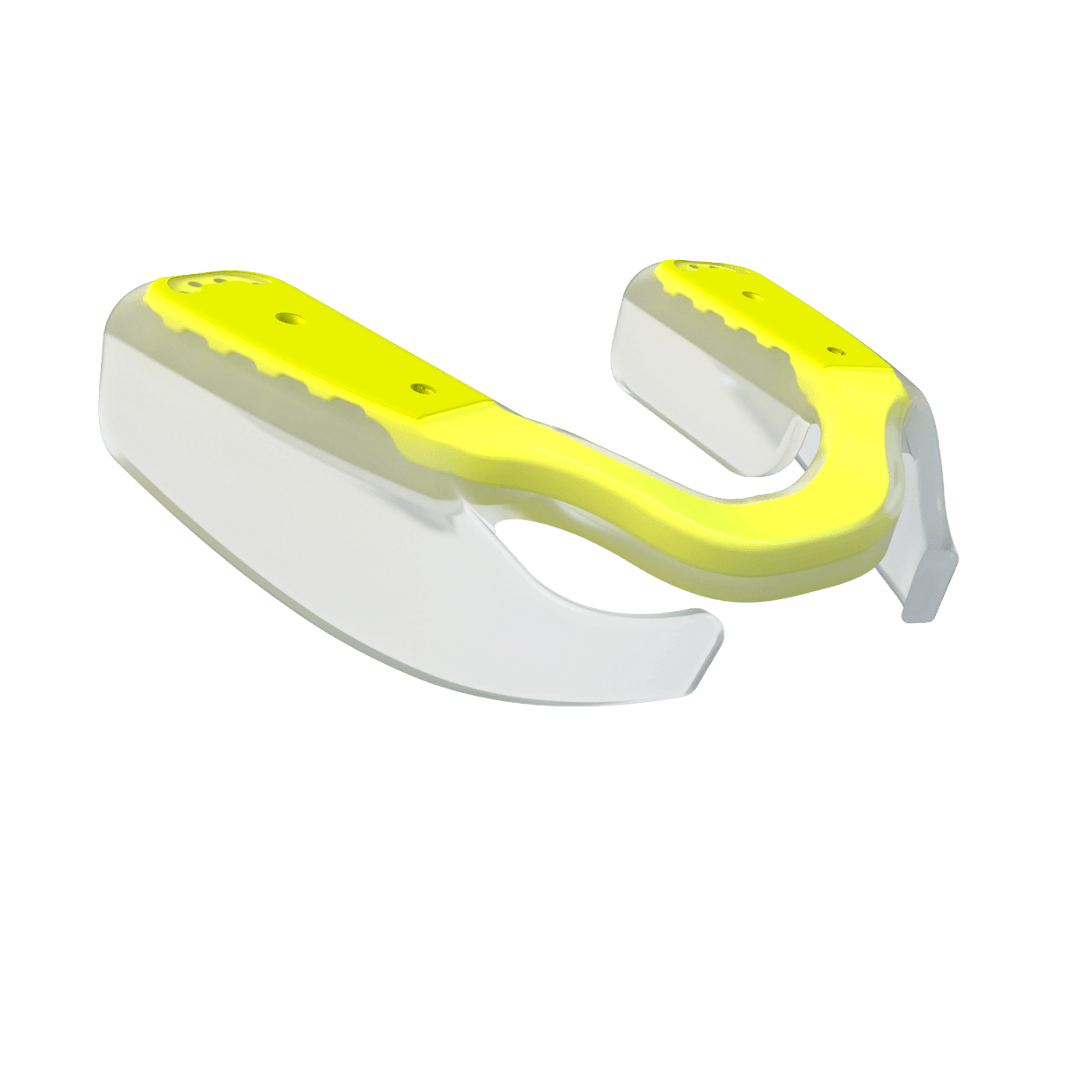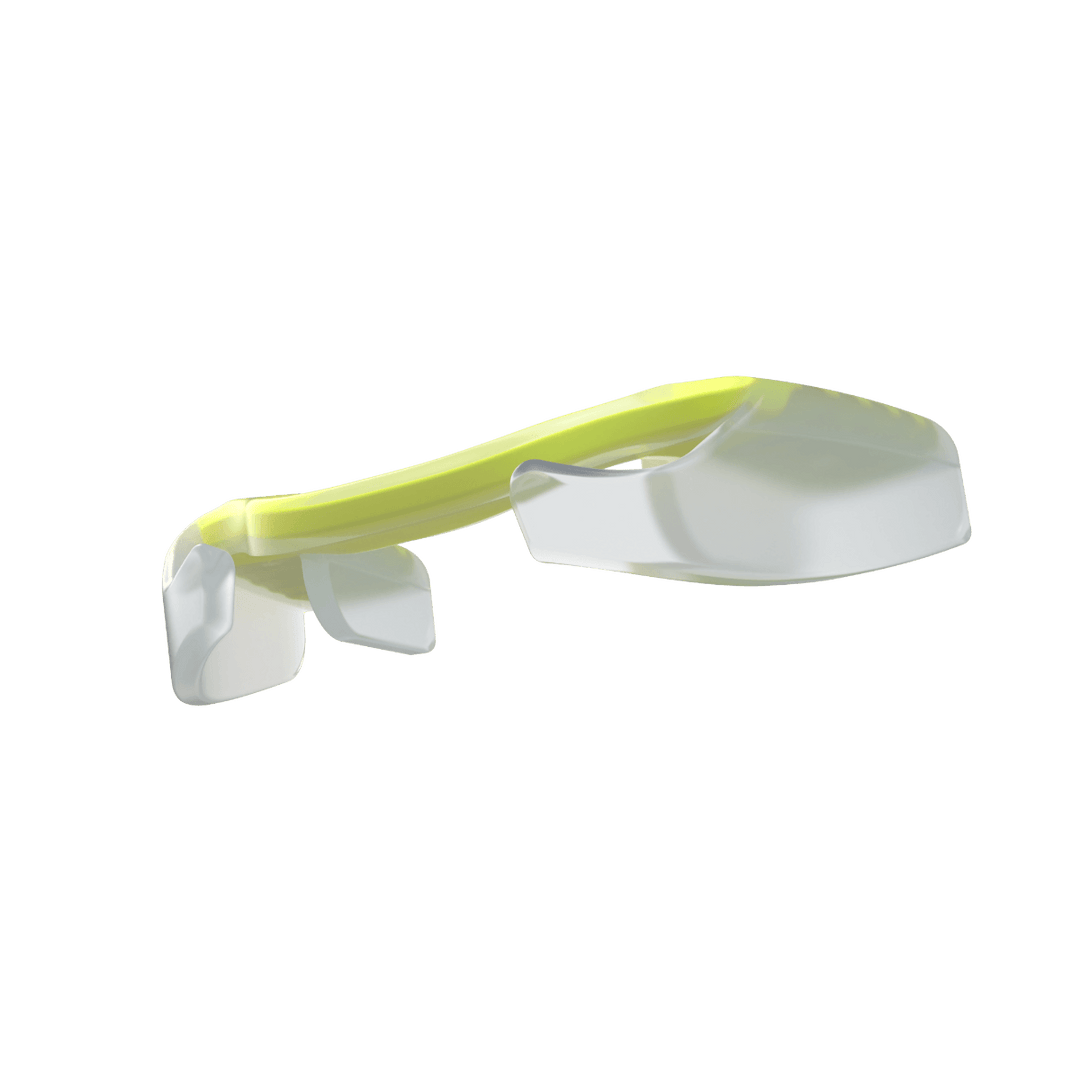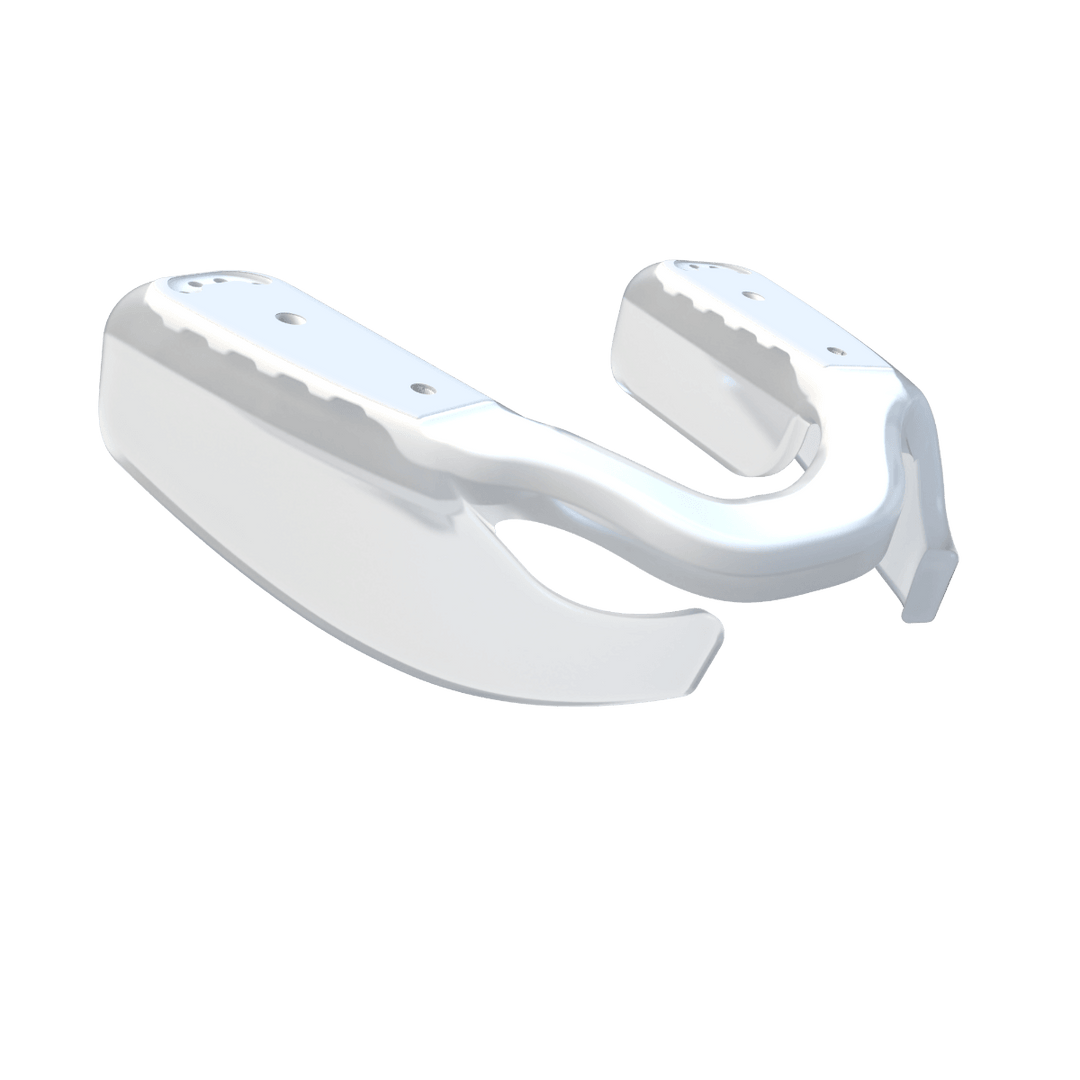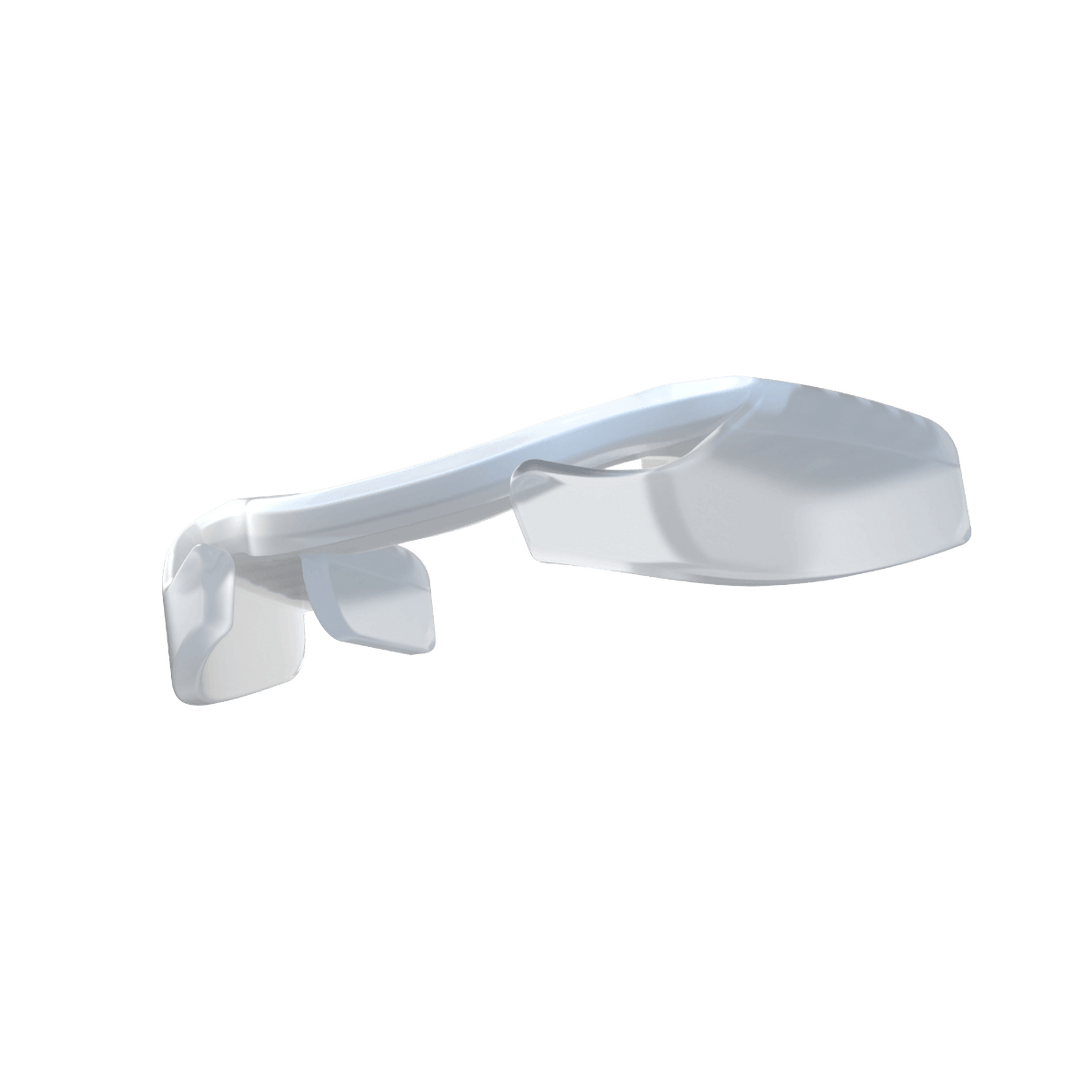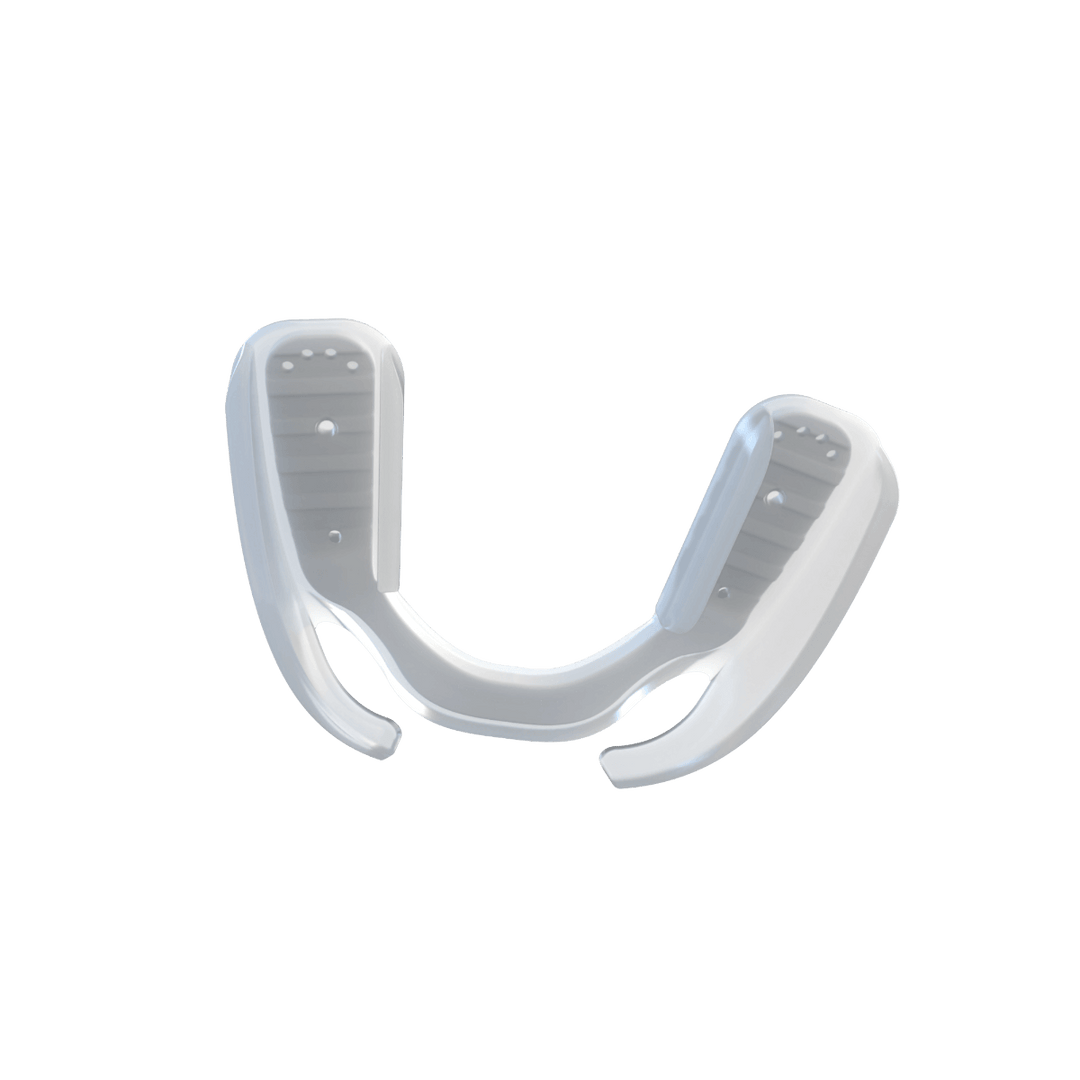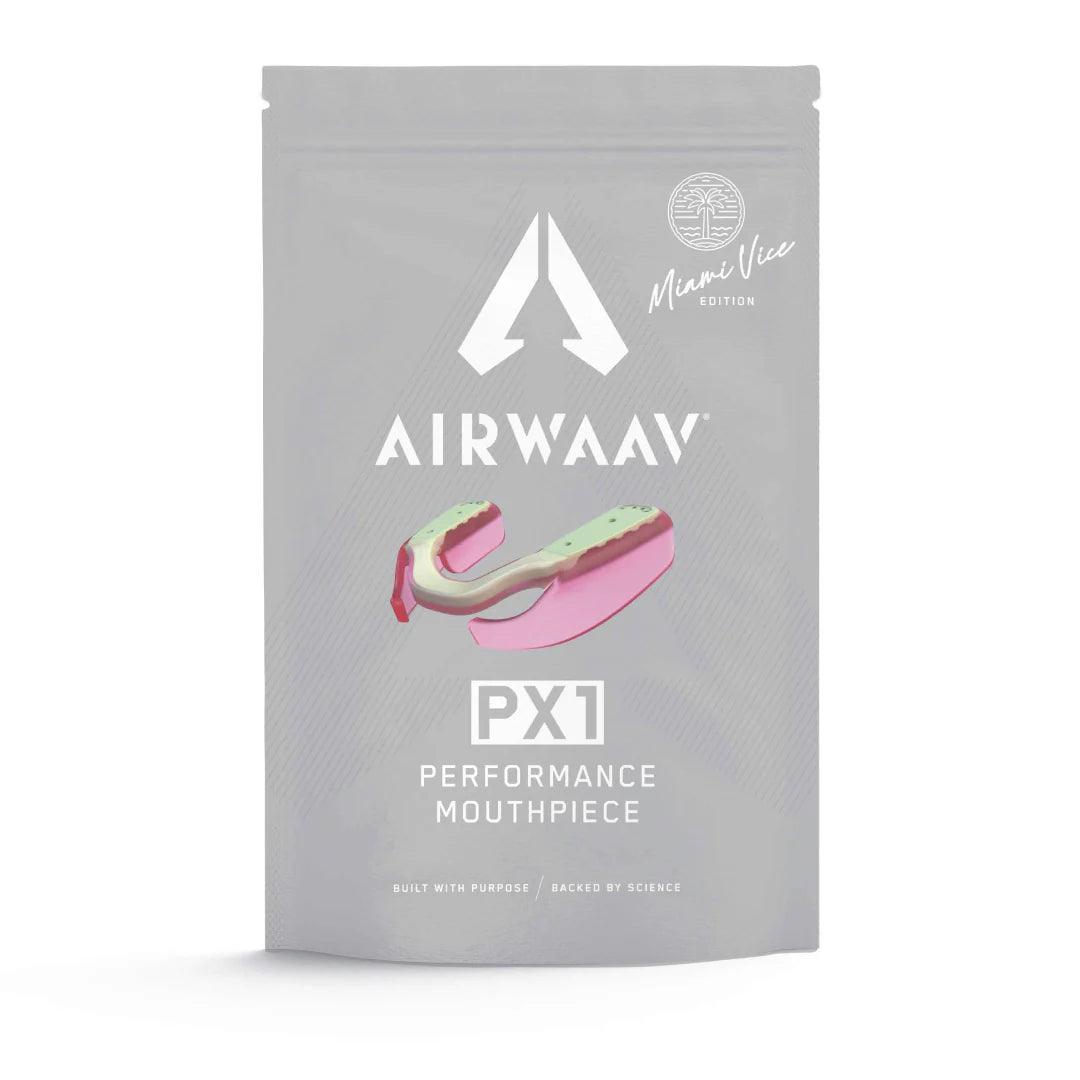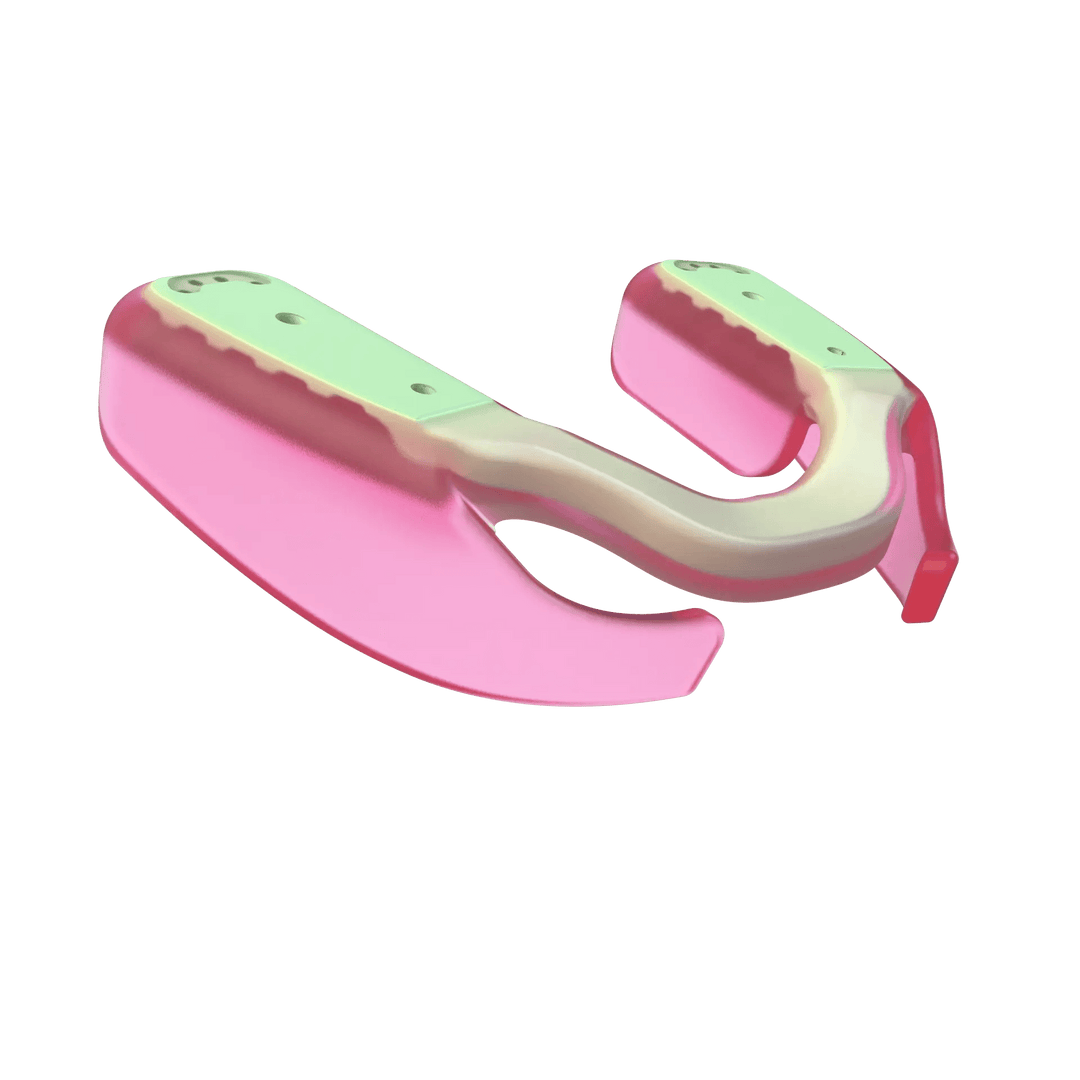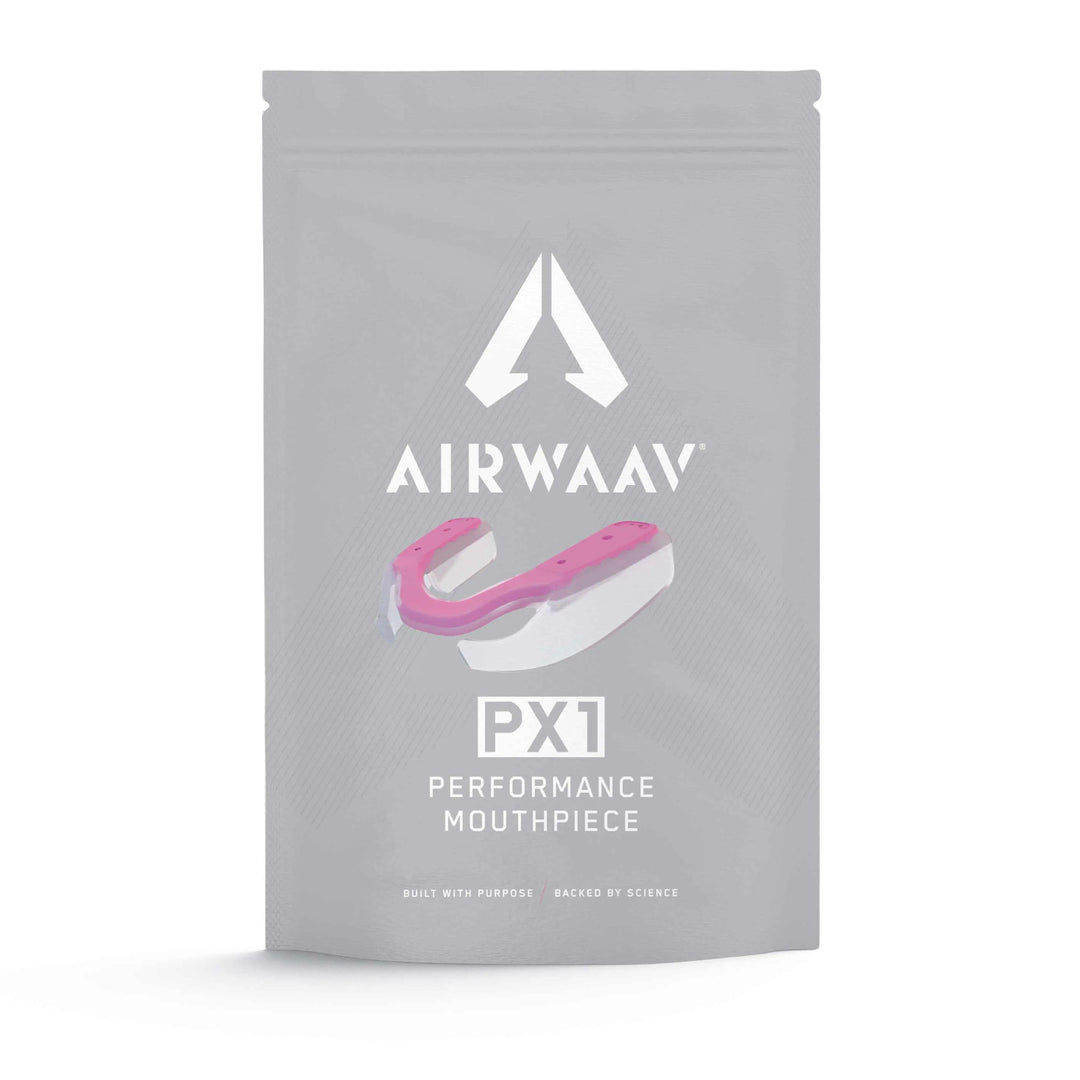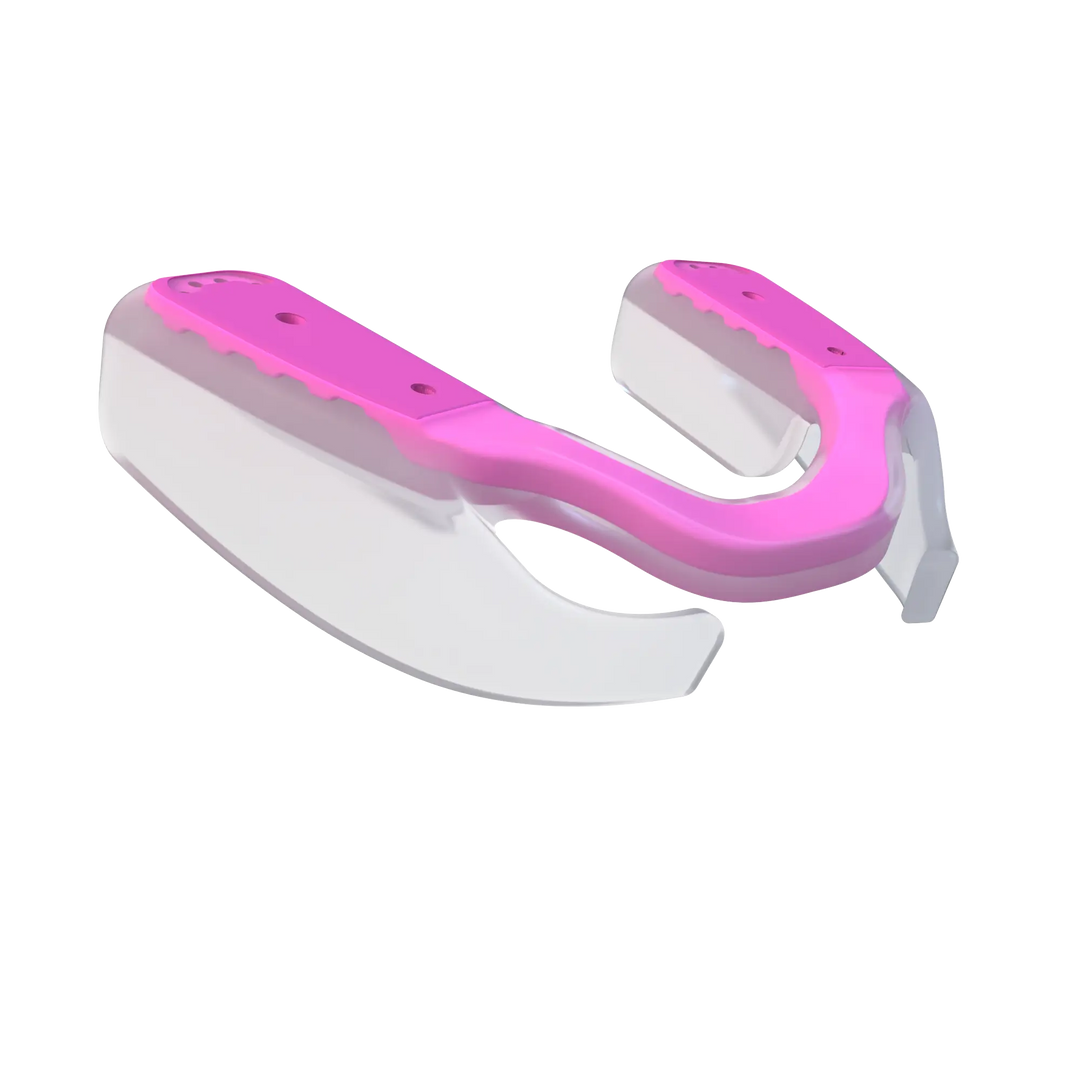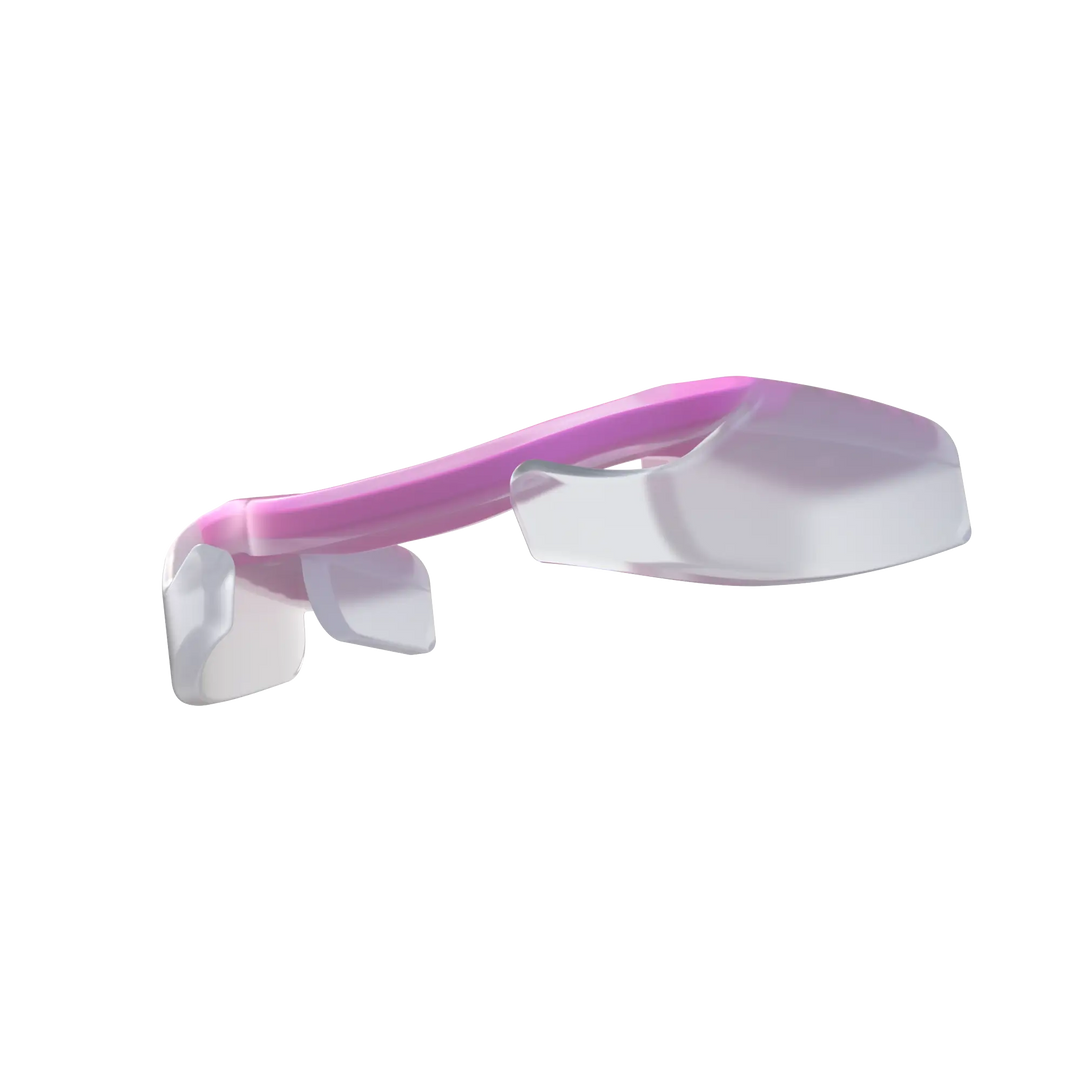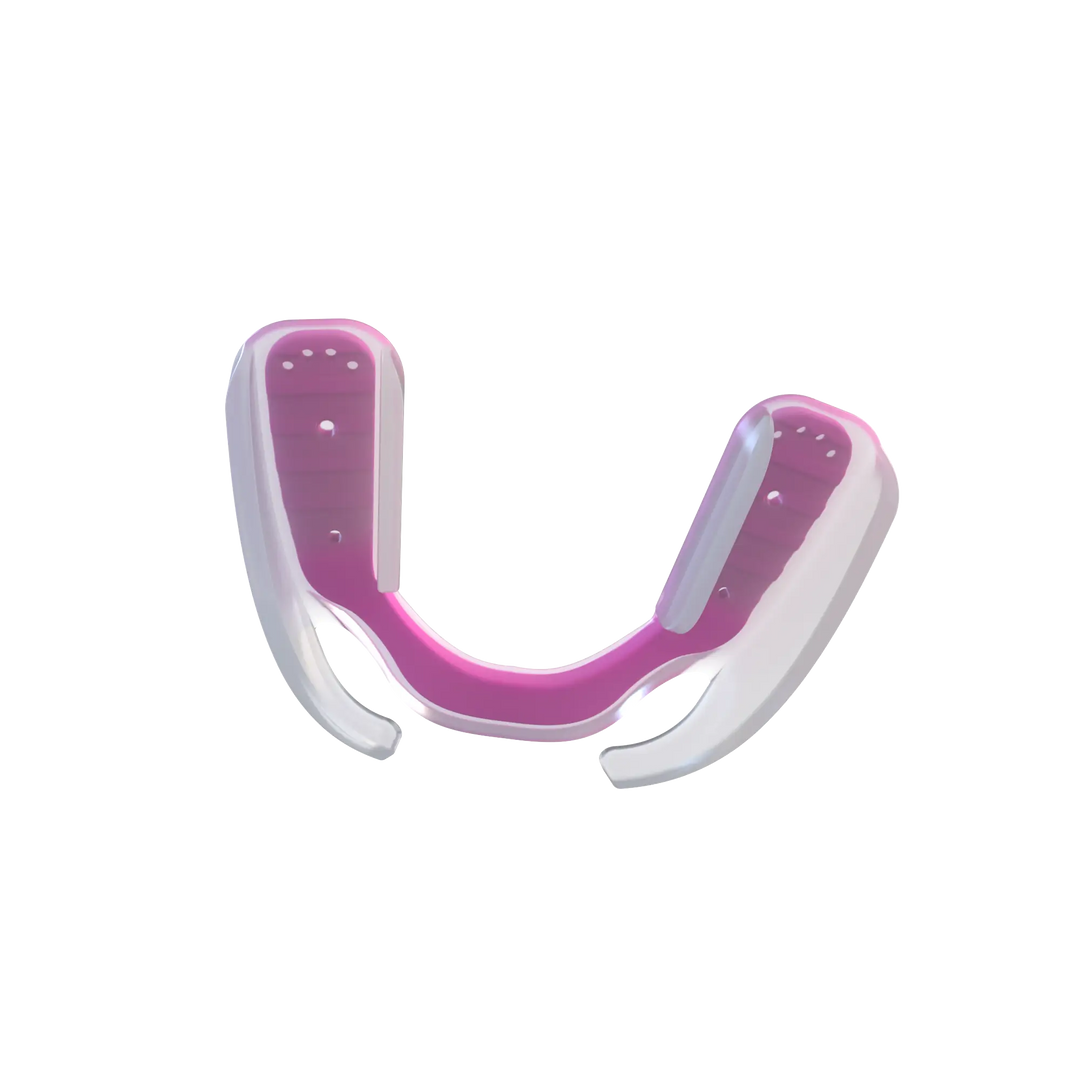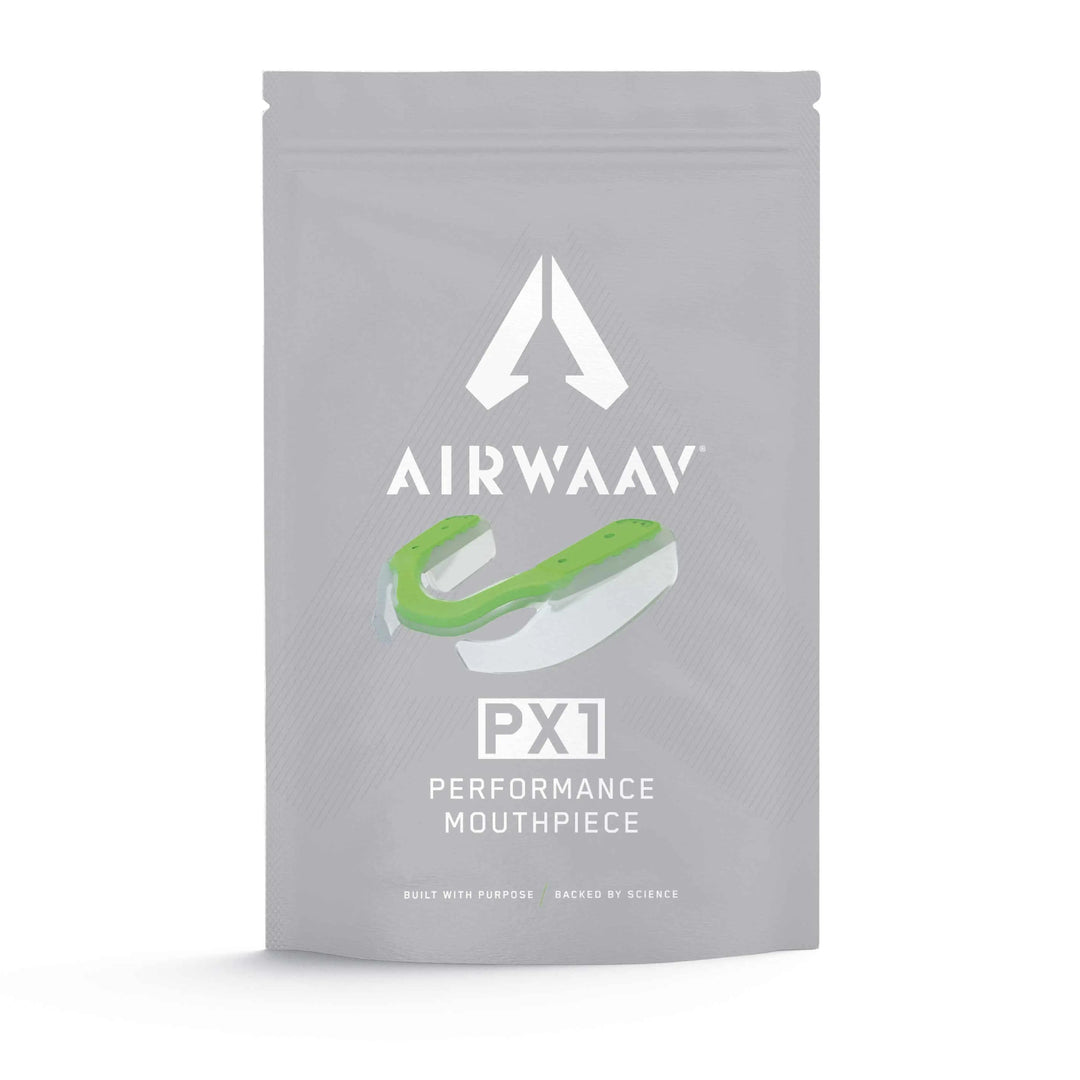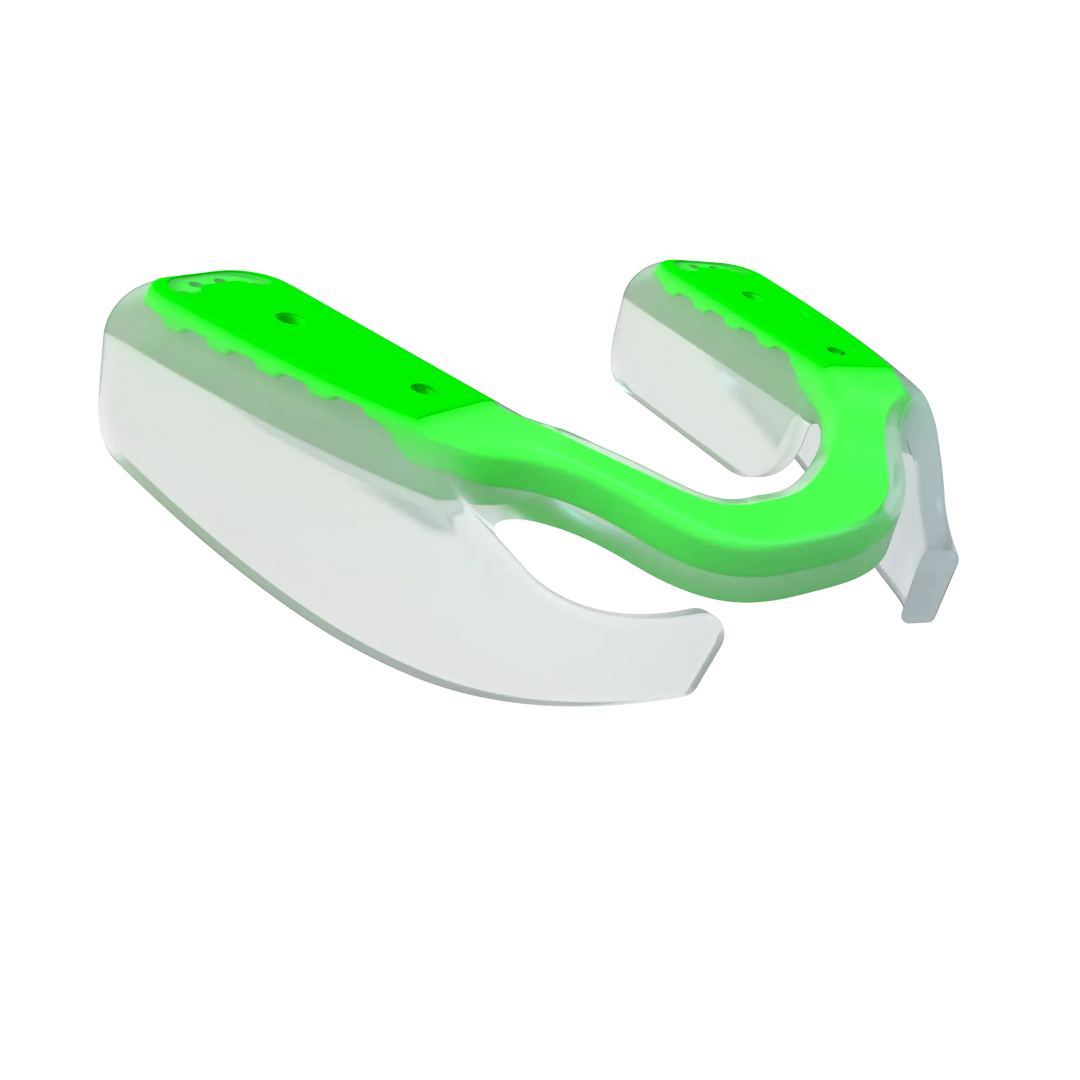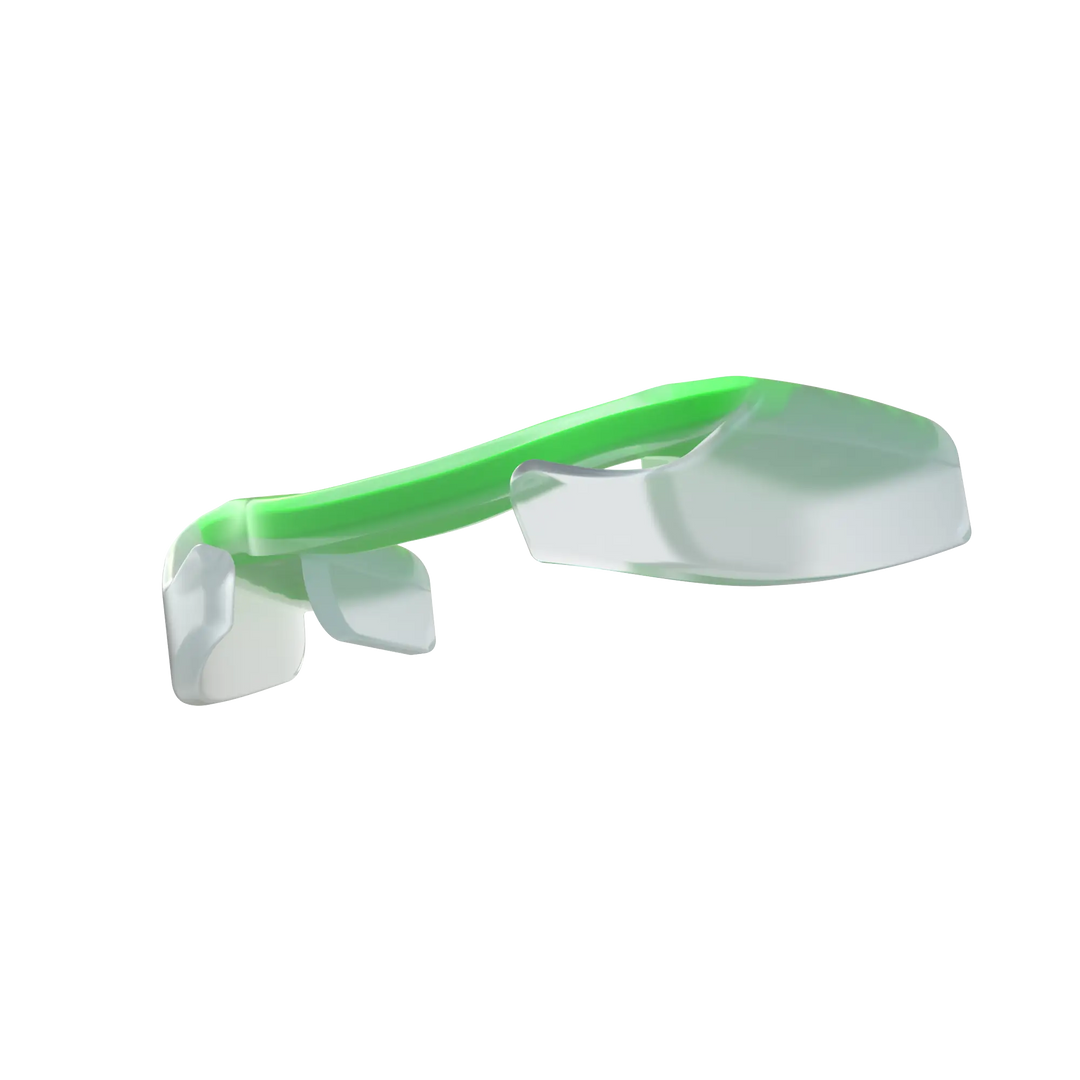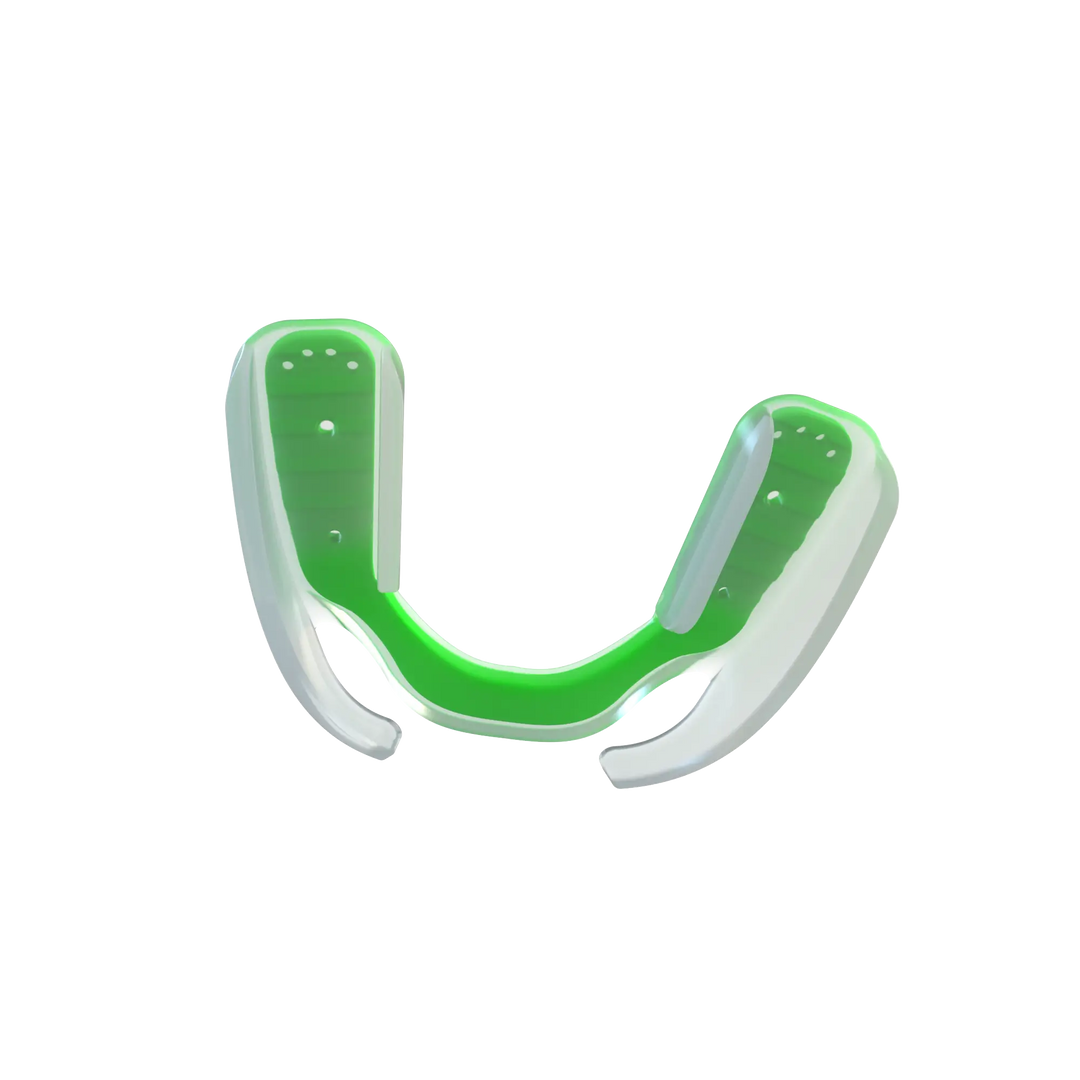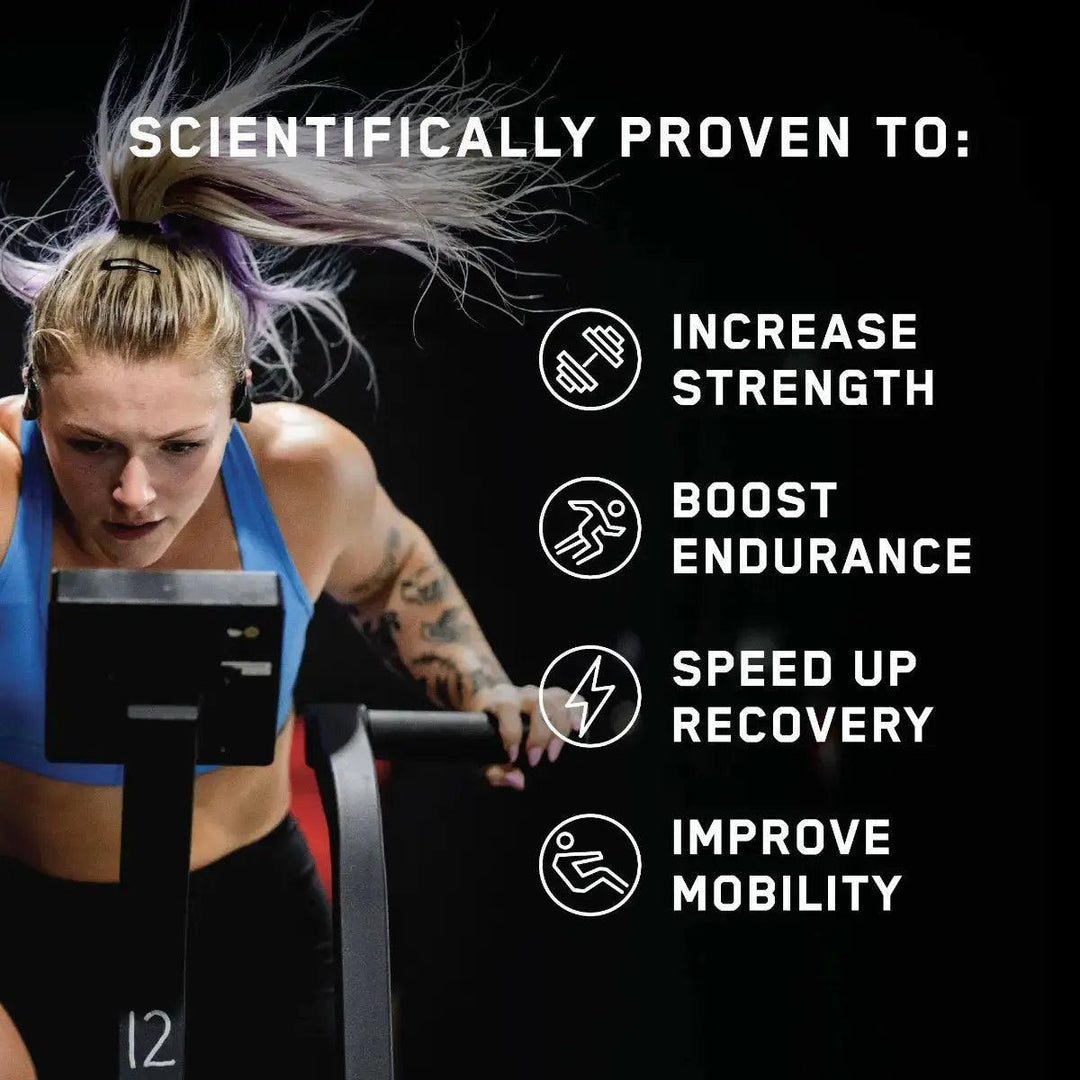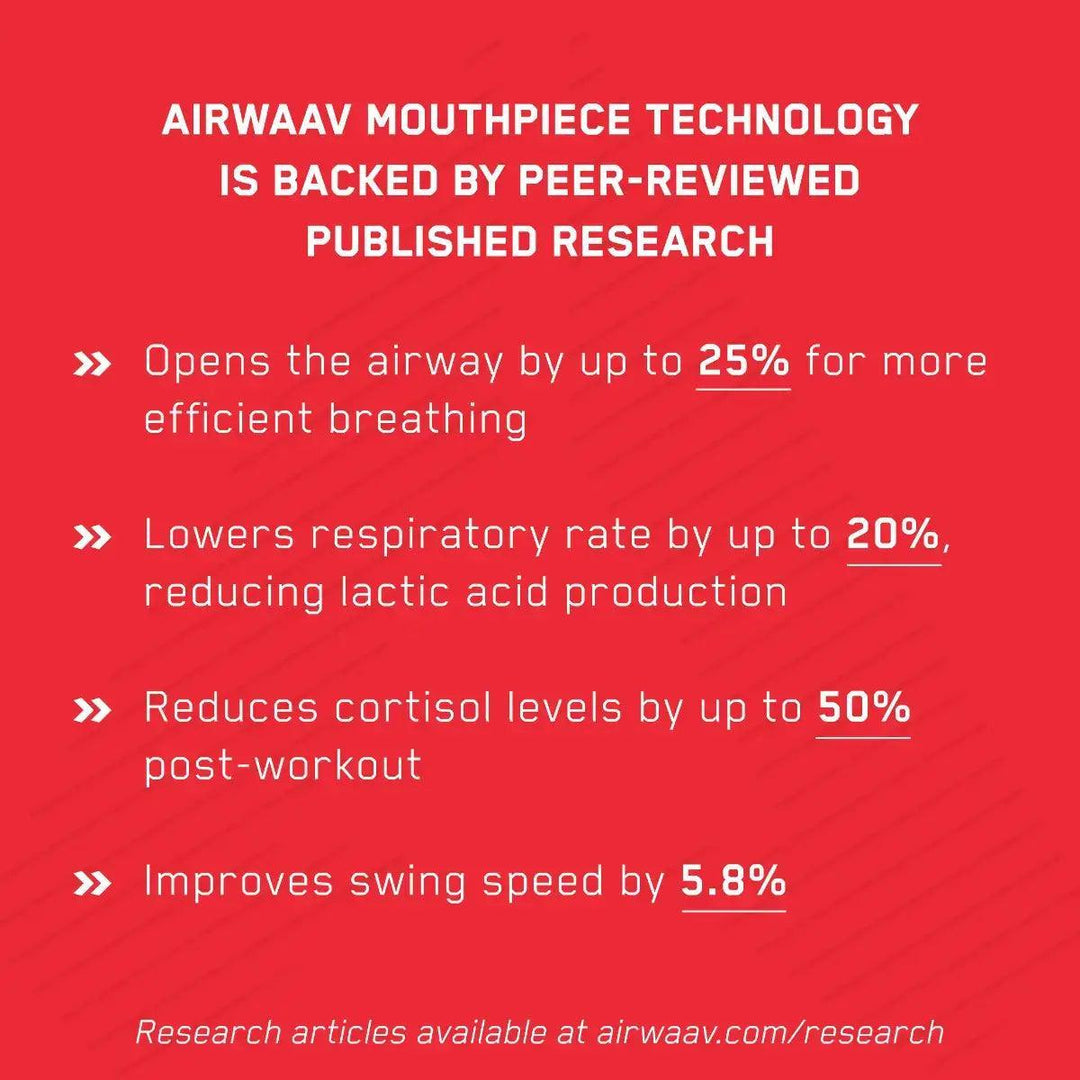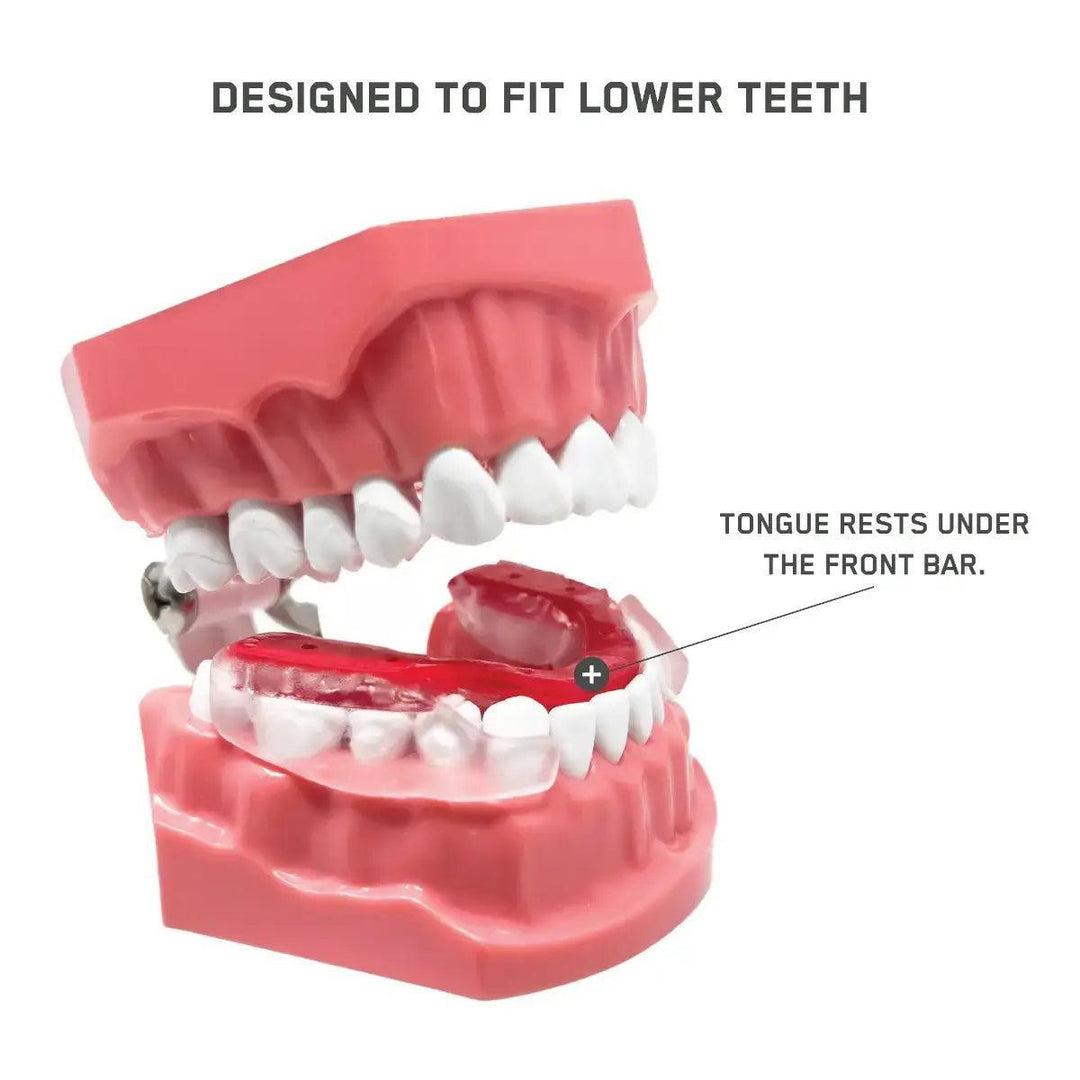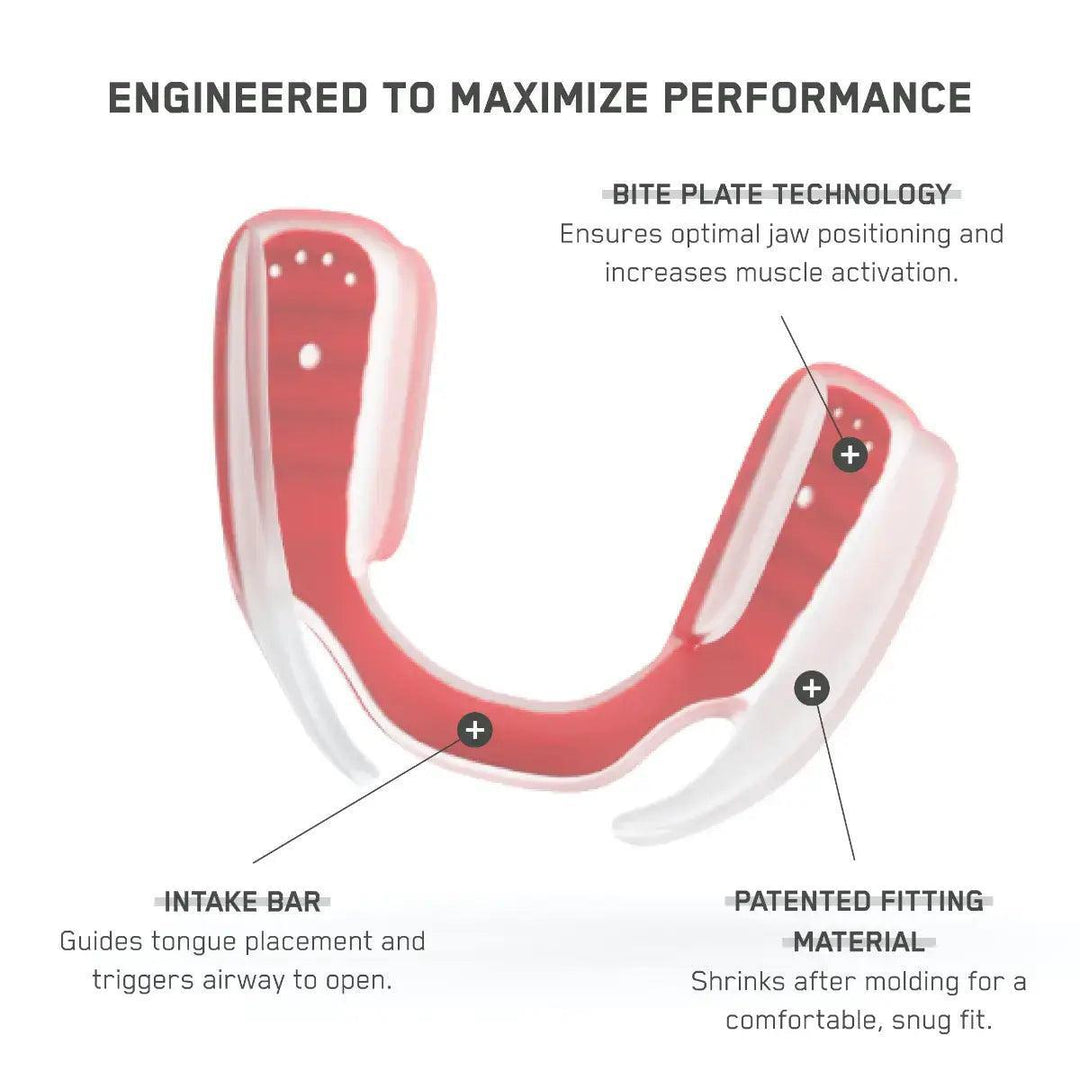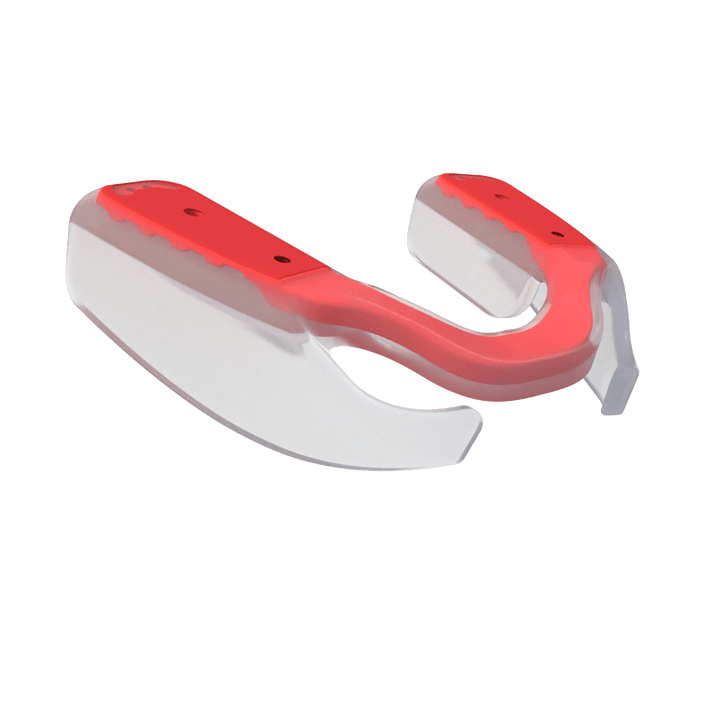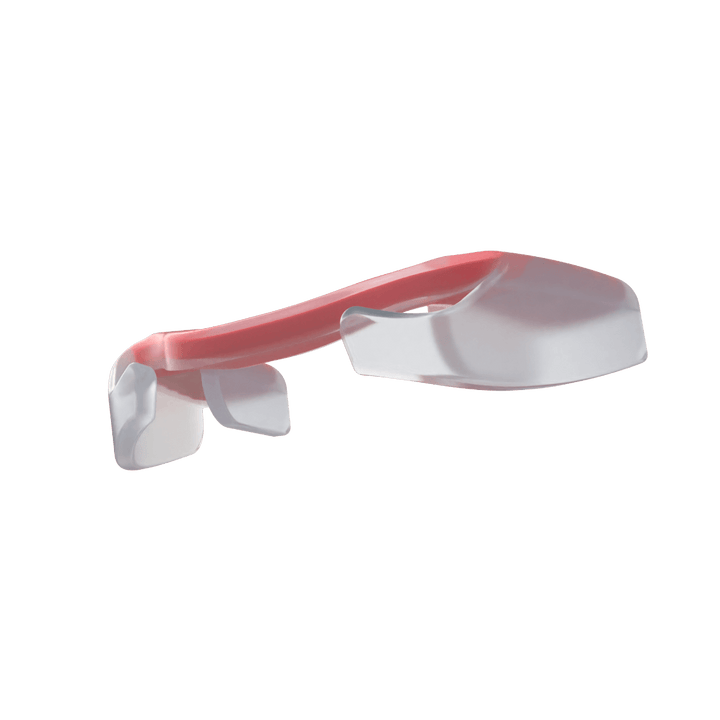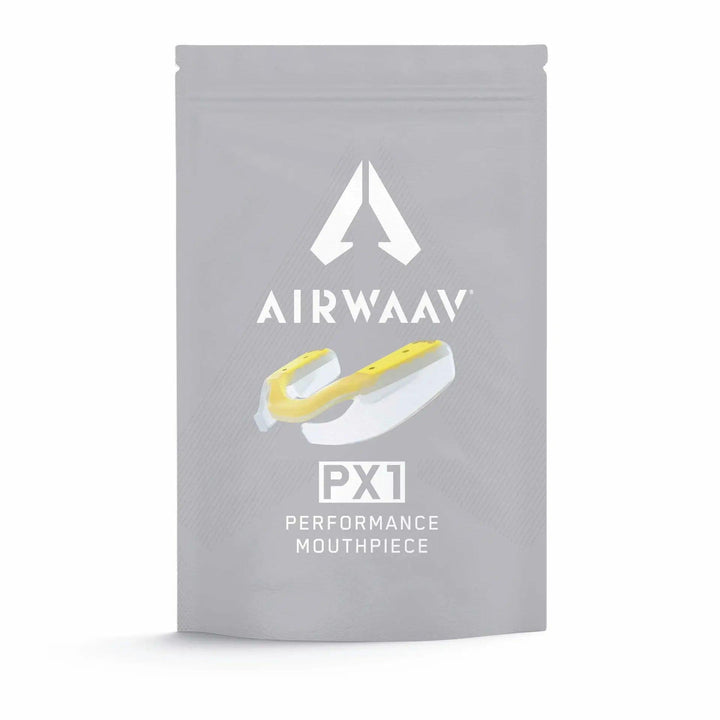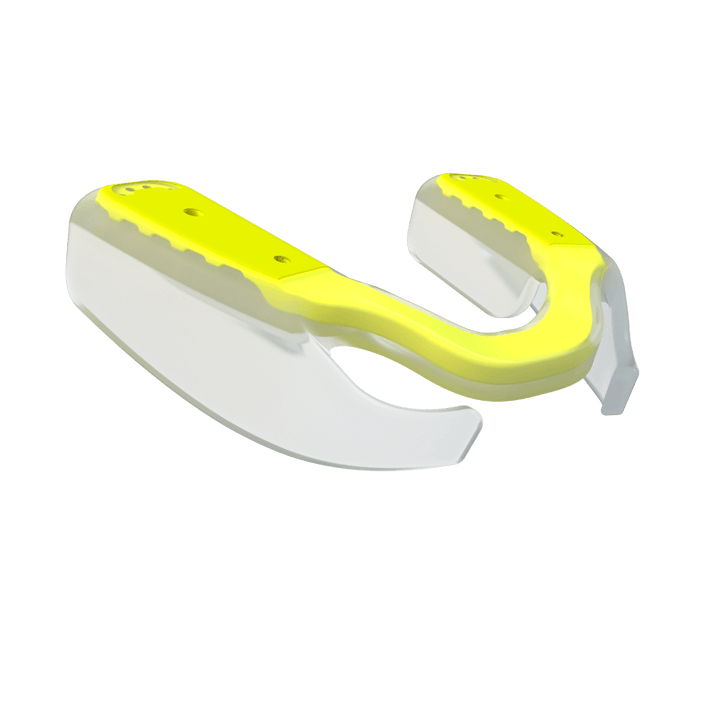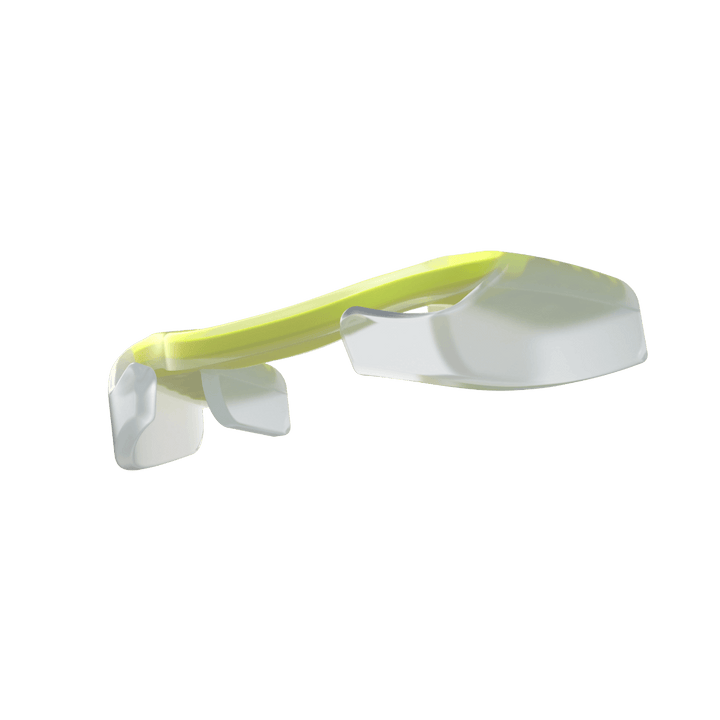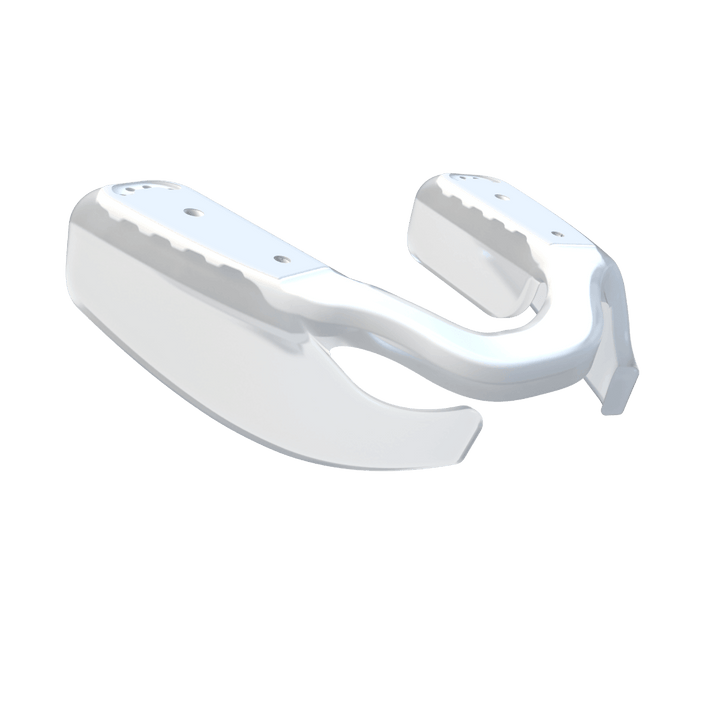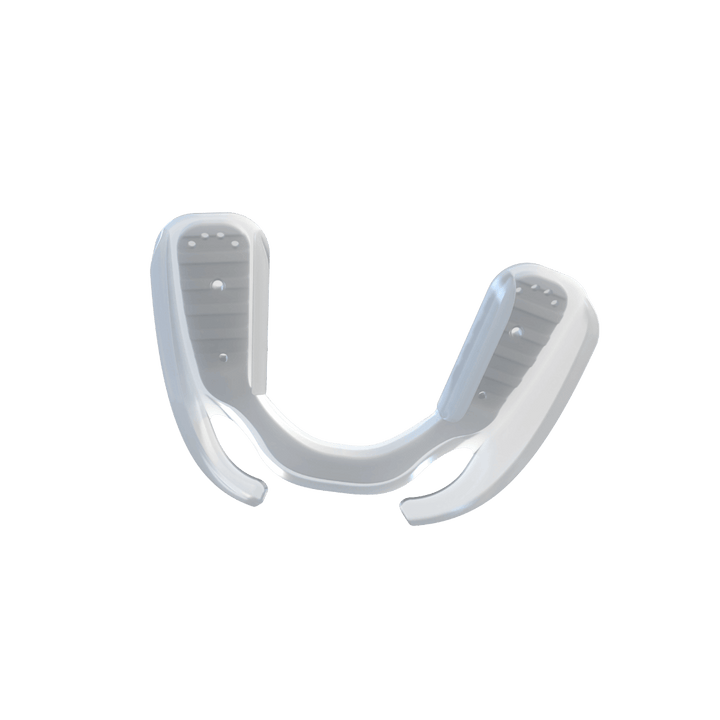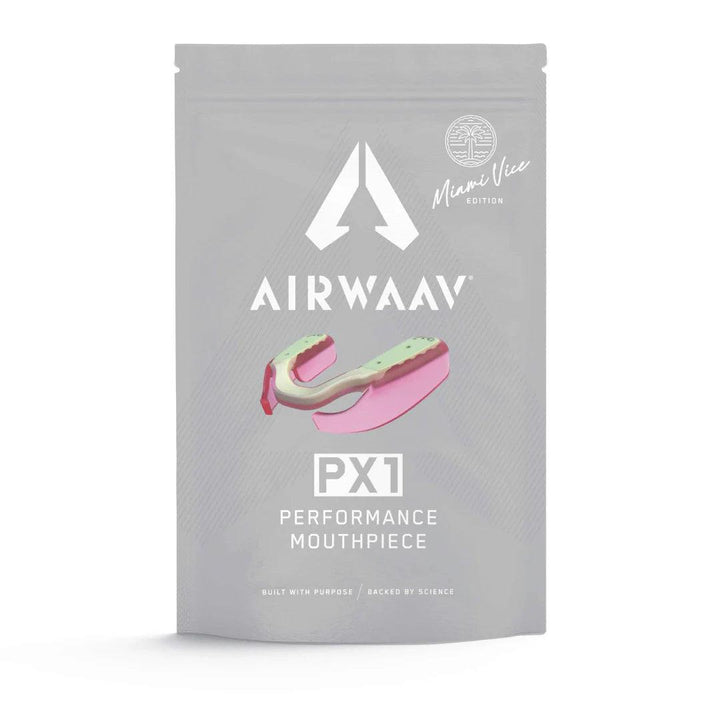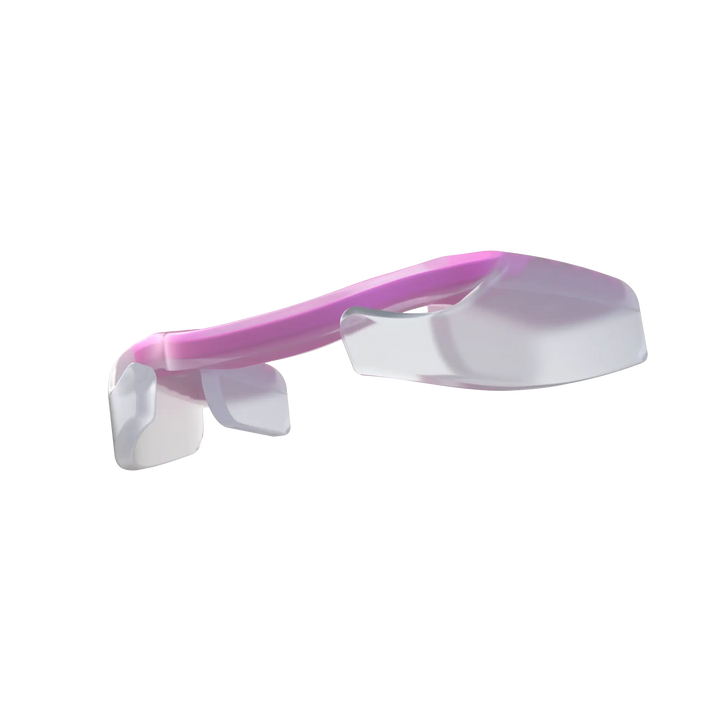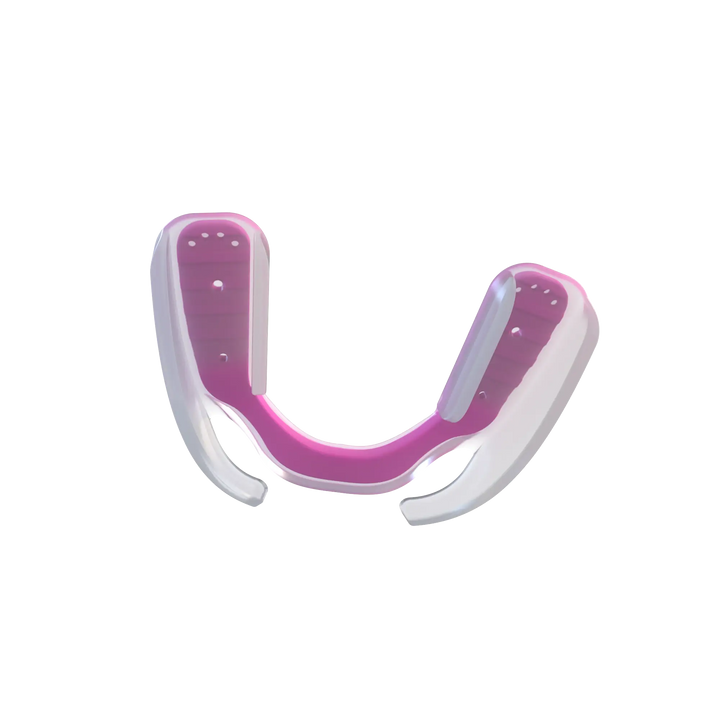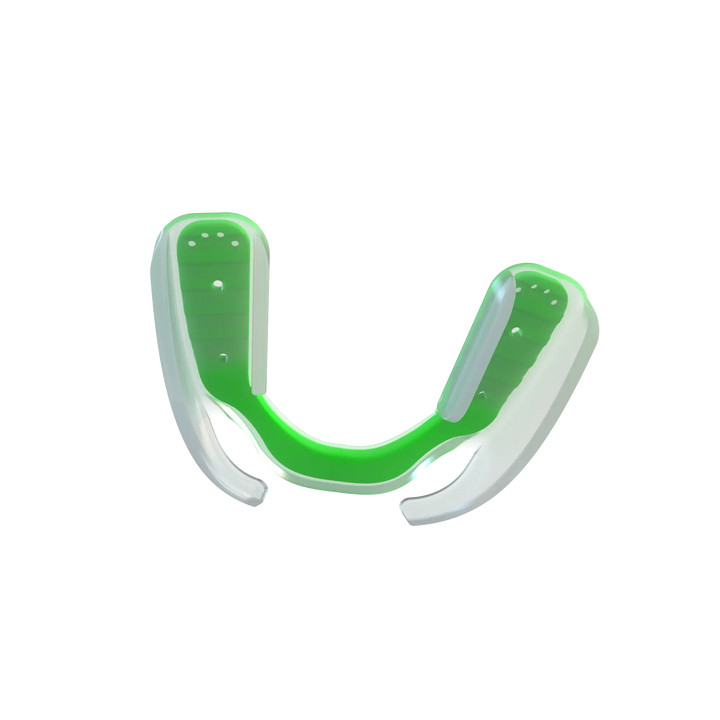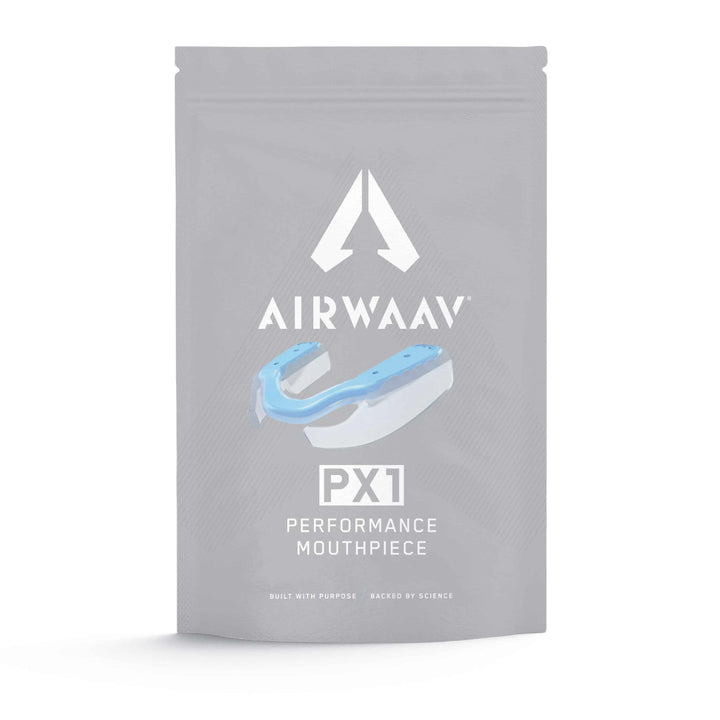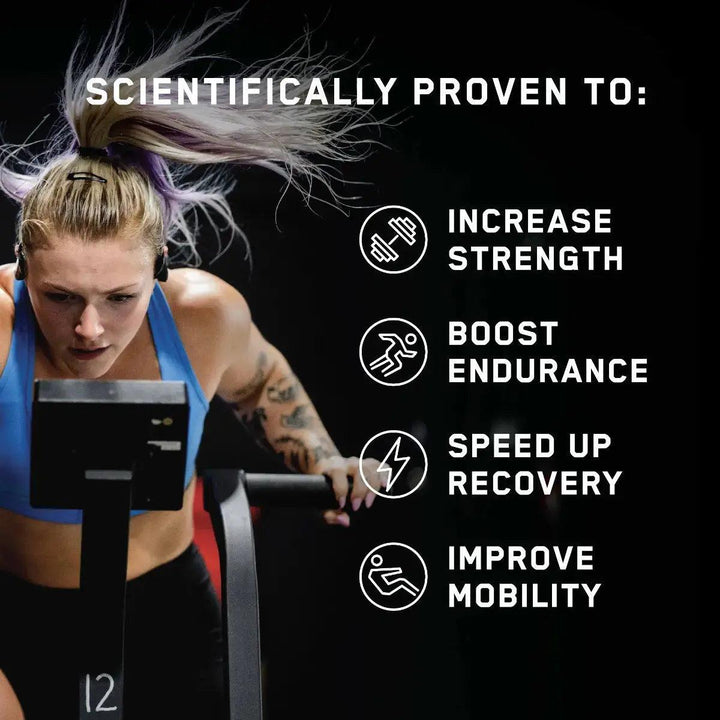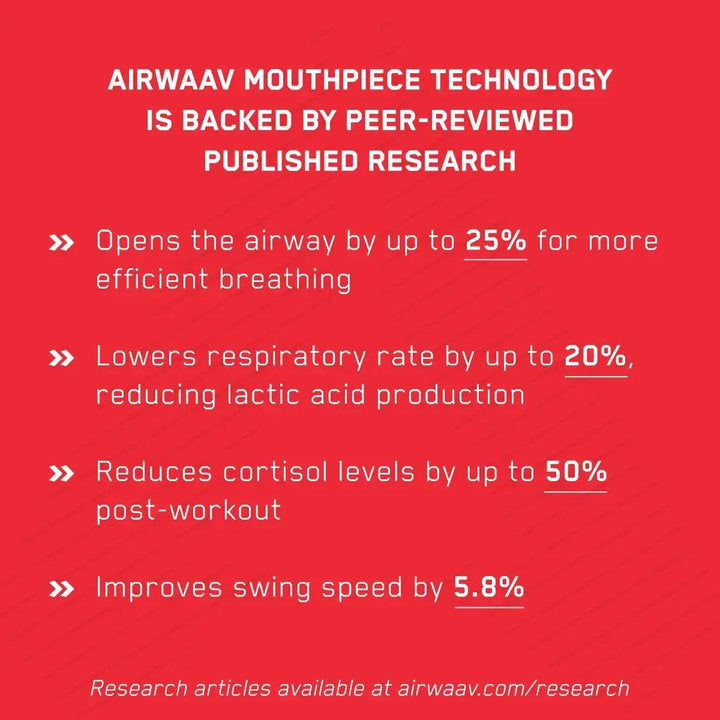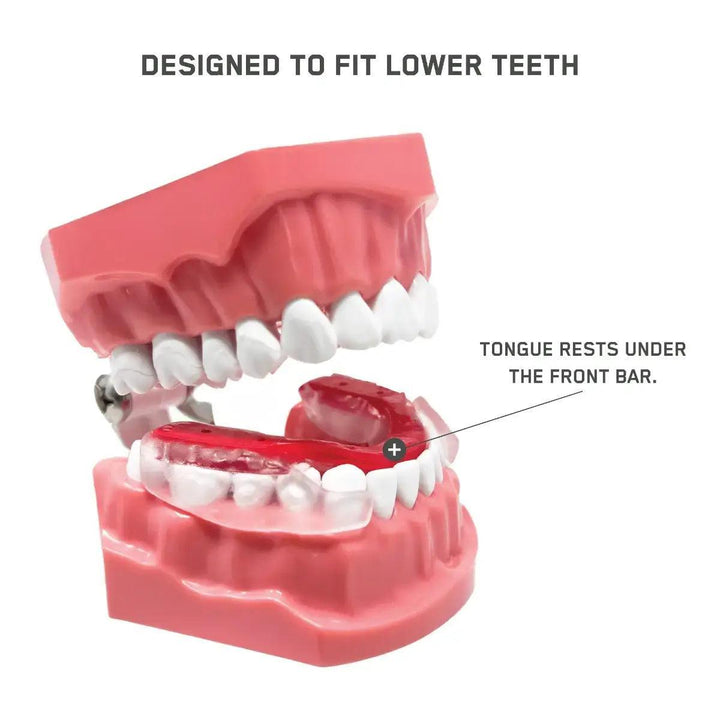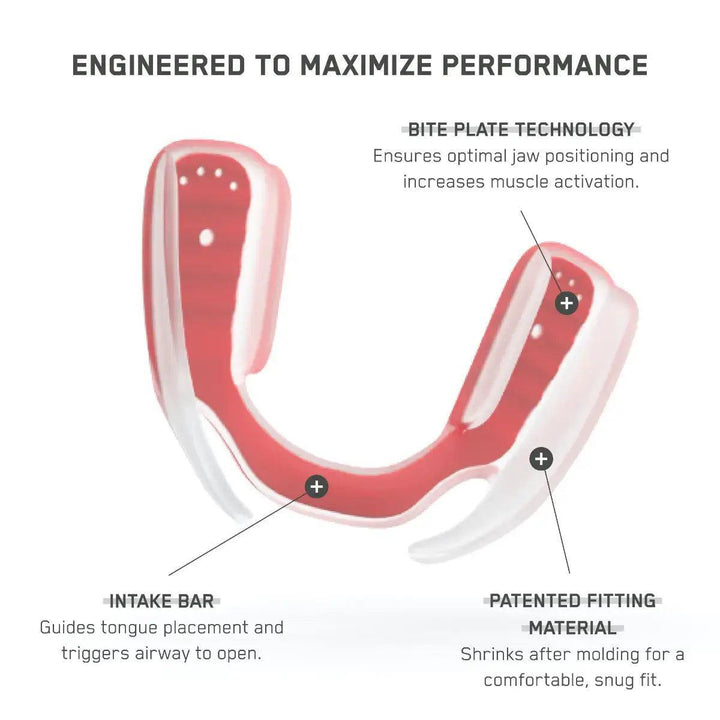Tongue Debate: Should It Rest on the Roof or Floor? Here’s What Science Says
Enhancing performance, recovery, and even sleep often comes down to the little things that make a big difference. And one of the smallest—yet most surprisingly impactful—details is where your tongue rests in your mouth.
Sounds odd? You’re not alone. But research suggests that tongue posture isn’t just about comfort—it’s linked to your breathing efficiency, heart rate function, and muscle tension. And that’s why AIRWAAV has taken a deep dive into this often-overlooked piece of the performance puzzle.
What the Science Says About Tongue Position
A major study that has helped guide AIRWAAV’s product design is “Effects of Tongue Position on Mandibular Muscle Activity and Heart Rate Function” by Schmidt and Carlson (2009). This research asked participants to position their tongue in two ways:
• Against the roof of the mouth (palate)
• Resting on the floor of the mouth
Researchers then measured mandibular muscle activity, breathing rate, and heart rate variability (HRV)—a key indicator of parasympathetic (rest-and-digest) function.
Key Findings:
The Ongoing Tongue Controversy
AIRWAAV’s Science-Driven Approach
At AIRWAAV, we’ve taken this research seriously—and used it to reimagine what a performance mouthpiece can do.
So, what makes AIRWAAV different?
AIRWAAV offers lower-jaw performance and sleep mouthpieces that fit over the lower teeth. One of the most critical features is that it gently guides your tongue beneath a central bite bar, tucking it down and forward—away from the palate.
Why that matters:
Breathing Smarter—Not Harder
So, Where Should the Tongue Rest?
That’s the big question—and the answer isn’t one-size-fits-all. But research points to the floor of the mouth as the more relaxed, functionally efficient rest position—especially during activity. That’s why AIRWAAV was built to support it, while many traditional methods still unknowingly encourage the opposite.
Whether you’re lifting, sprinting, or cooling down, where your tongue rests can affect how you breathe, how you recover, and how well you perform. The Schmidt and Carlson study—and our own research—makes a strong case for the tongue-down, jaw-aligned posture AIRWAAV facilitates.








